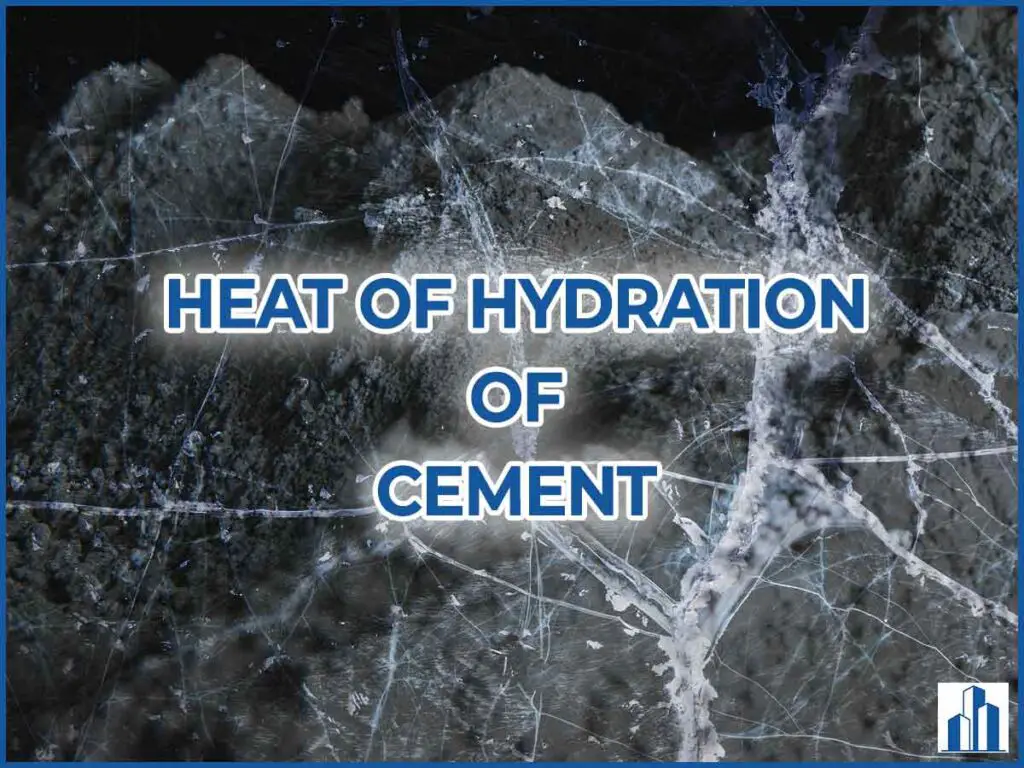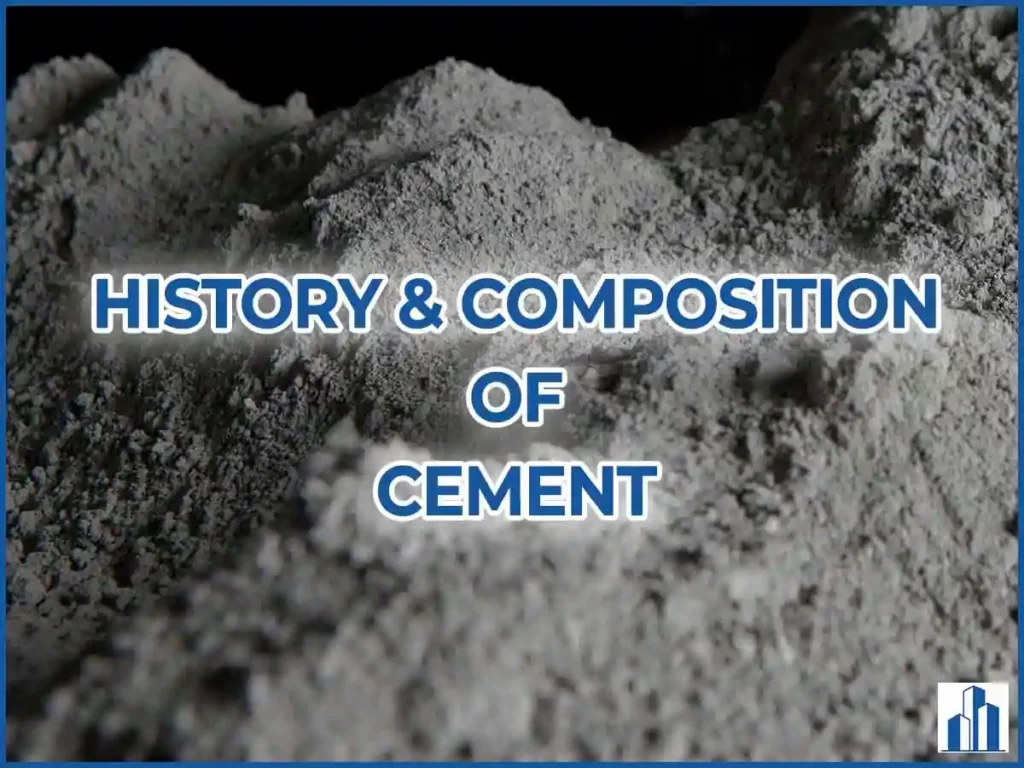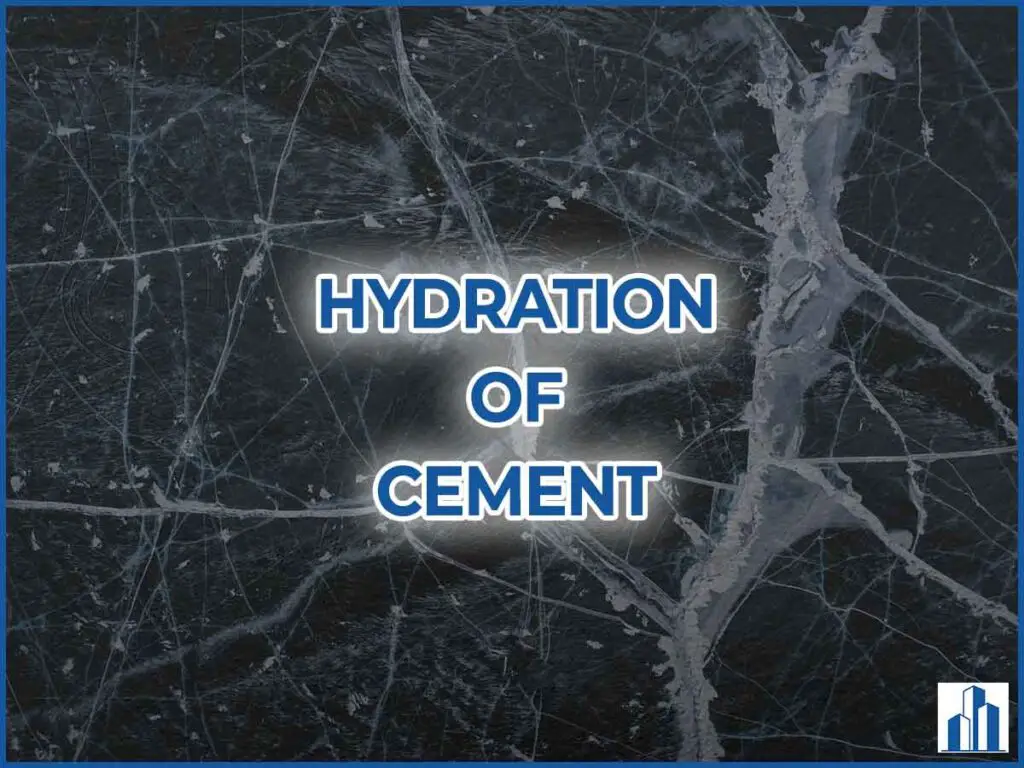HEAT OF HYDRATION
The reaction of Bogue’s compound in cement with the water is exothermic i.e., the reaction liberates considerable quantities of heat. This liberation of heat is called the Heat of Hydration of cement.
Read more about the hydration process of cement.
The temperature and rate at which the hydration occurs greatly affect the strength and durability of concrete and are more important than the total heat of hydration liberated.
Usually, in Portland cement, about one-half of the total heat is liberated between 1 and 3 days, about three-quarters in 7 days, and nearly 90 percent in 6 months.
The heat of hydration usually depends upon the chemical composition of cement. The heat of hydration is measured in Joules per gram or calories per gram. The instruments used to measure the heat of hydration are the calorimeter and vacuum flask.
The study and control of the heat of hydration become important in mass concrete constructions like concrete dams and others. It has been observed that the temperature in the interior of large mass concrete is 50°C above the original temperature of the concrete mass at the time of placing and this high temperature is found to persist for a prolonged period of time and this will lead to many structural and durability issues.
Fig.3.1 shows the heat liberation from a setting cement.
On mixing cement with water, a rapid heat evolution, lasting a few minutes, occurs. This heat evolution is probably due to the reaction of the solution of aluminates and sulphates (ascending peak I). This initial heat evolution ceases quickly when the solubility of aluminate is depressed by gypsum (descending peak I).
Next heat evolution is on account of the formation of ettringite and also may be due to the reaction of C3S (ascending peak II).
The Hydration process is not an instantaneous one, it occurs rapidly at starting stage and slowly decreases over an indefinite period of time.
Normal cement generally produces 89-90 Cal/g in 7 days and 90 to 100 Cal/g in 28 days.
Different bogue compounds hydrate at different rates and liberate different quantities of heat. Table 3.1. shows the heat of hydration of four major compounds.
Since retarders are added to control the flash-setting properties of C3A, actually the early heat of hydration is mainly contributed by the hydration of C3S.
The fineness of cement also influences the rate of development of heat but not the total heat. The total quantity of heat generated in the complete hydration will depend upon the relative quantities of the major compounds present in cement.
The heat of hydration of major compounds of cement in ascending order,
Early stage – C3A > C4AF > C3S > C2S
Later stage – C3A > C3S > C4AF > C2S
Various factors that affect the kinetics of hydration are,
1. Composition of cement
The composition of pure compounds in cement can play a major role in the rate of development of heat of hydration. For example, In Low heat cement, the amount of C3A and C3S is considerably reduced to slow down the rate of heat evolution at the early stages of the hydration reaction.
2. Amount of gypsum
The reaction of pure C3A with water is very fast and this leads to a condition called Flash set, where cement sets immediately when mixed with water leaving no time for transportation and placing of concrete. To overcome this, gypsum is added to depress the solubility of C3A. Hence the amount of gypsum added also plays an important role.
3. Fineness of cement
The fineness of cement also influences the rate of development of heat but not the total amount of heat developed. More the fineness, the more surface area is available to react with water at the early stage, which leads to a higher amount of heat liberation at the early stage of hydration.
4. Presence of chemical admixtures
There are certain chemical admixtures like retarders that slow down the hydration reaction at the early stage. Apart from these, curing conditions and temperature can also play a significant role in the rate of heat of hydration.
Check out our other articles to know more about cement and its properties.






My family members always say that I am killing my time here at net, but I know I am getting familiarity everyday by reading thes nice content.
this is very use full nice content.